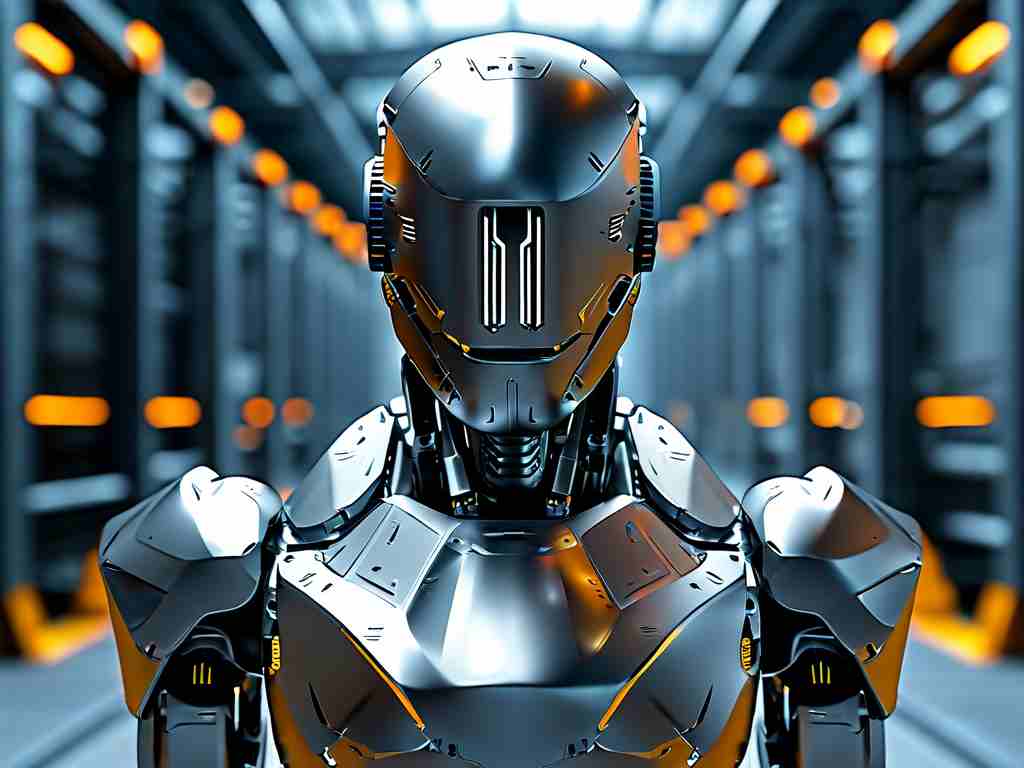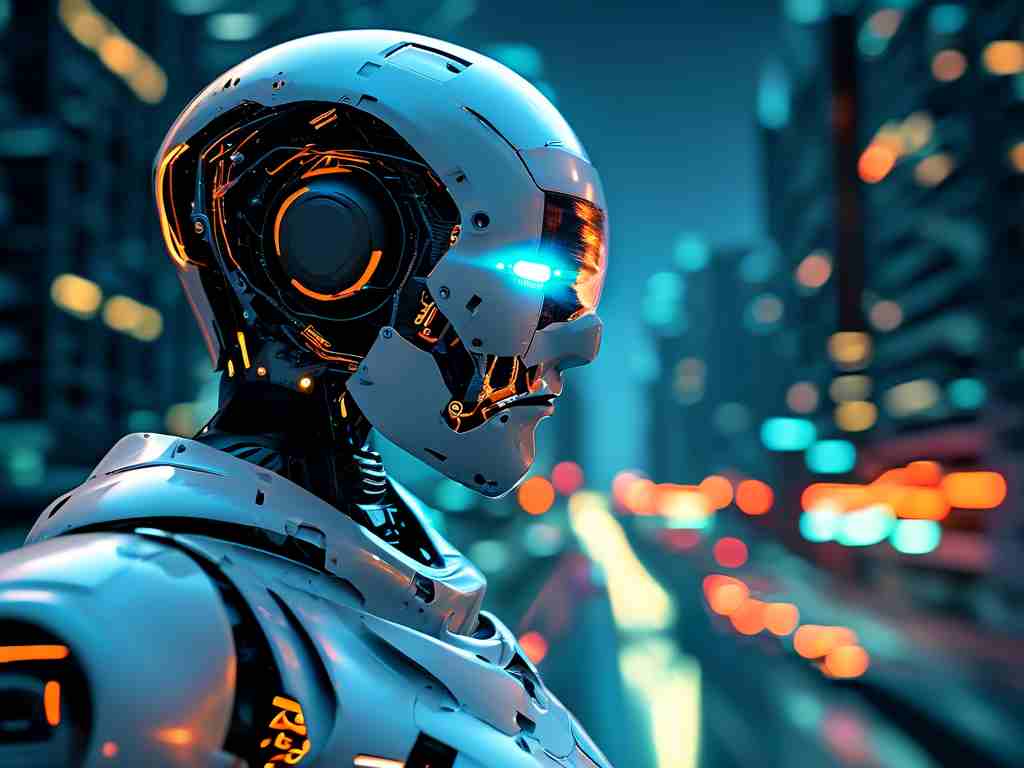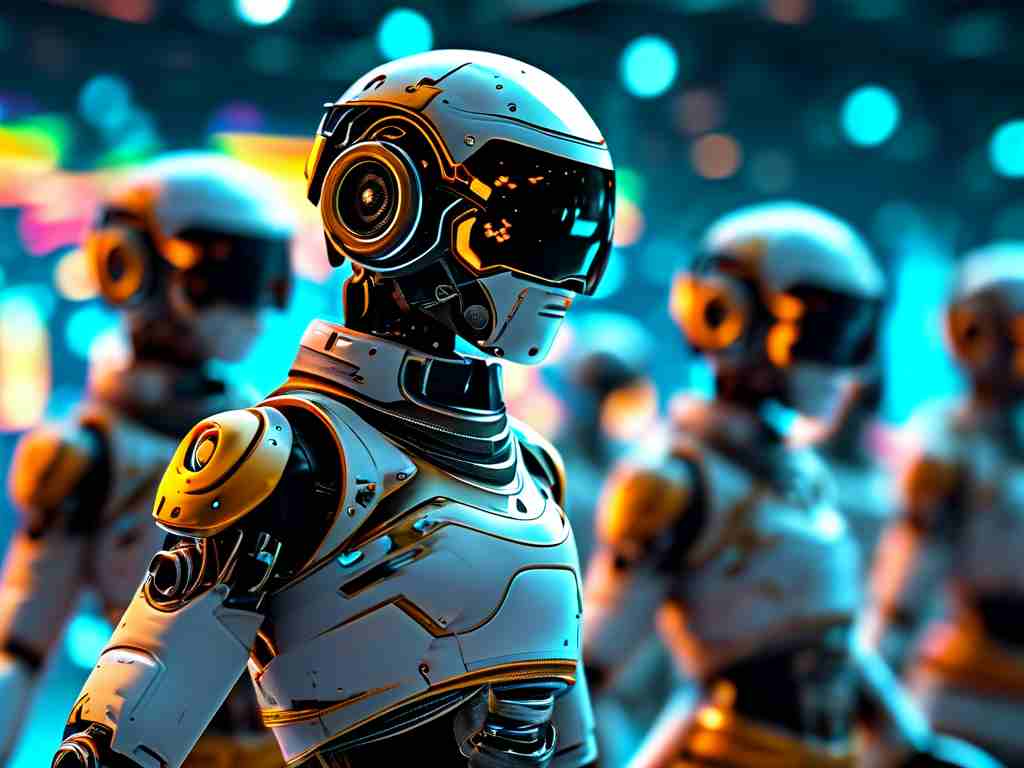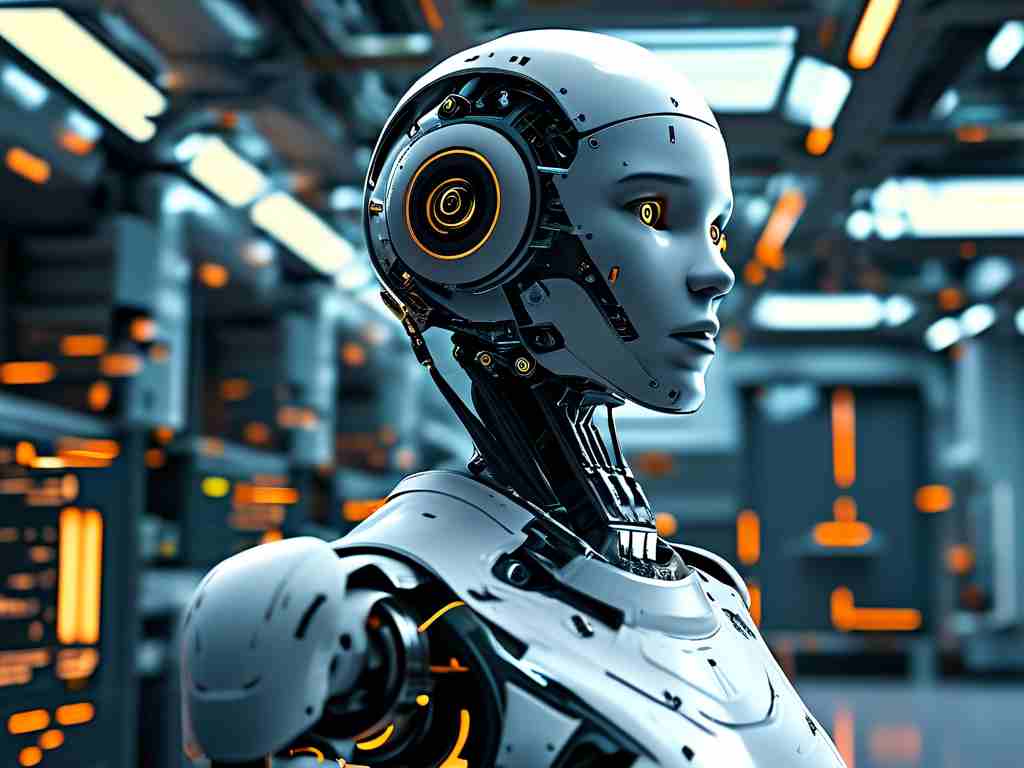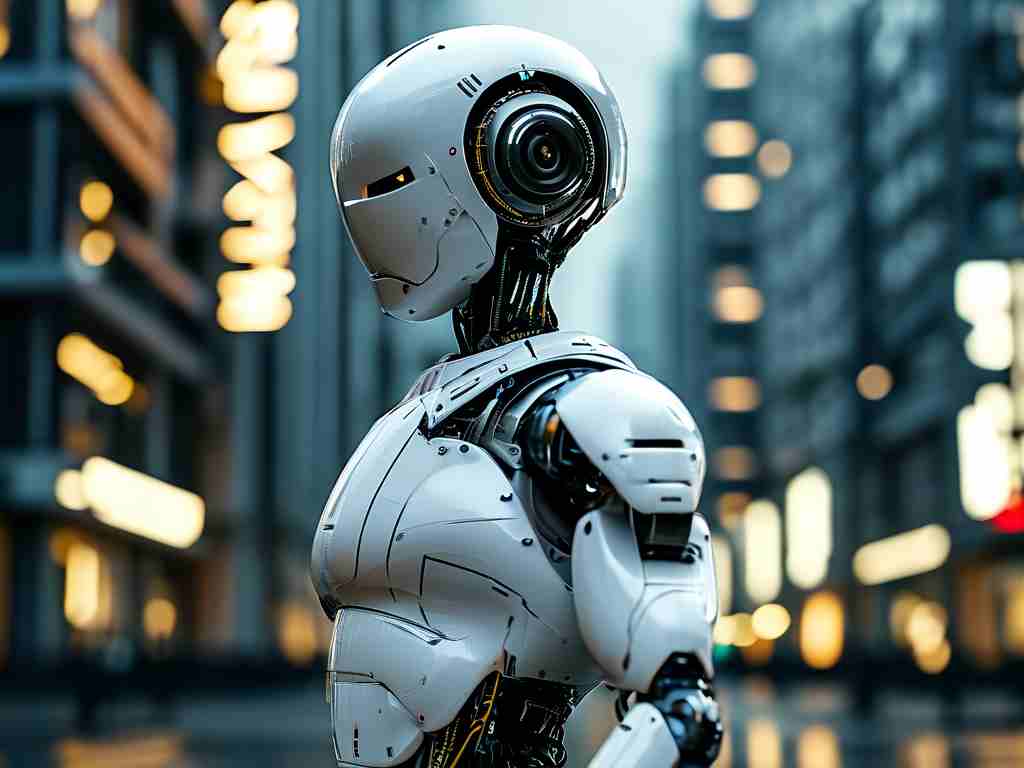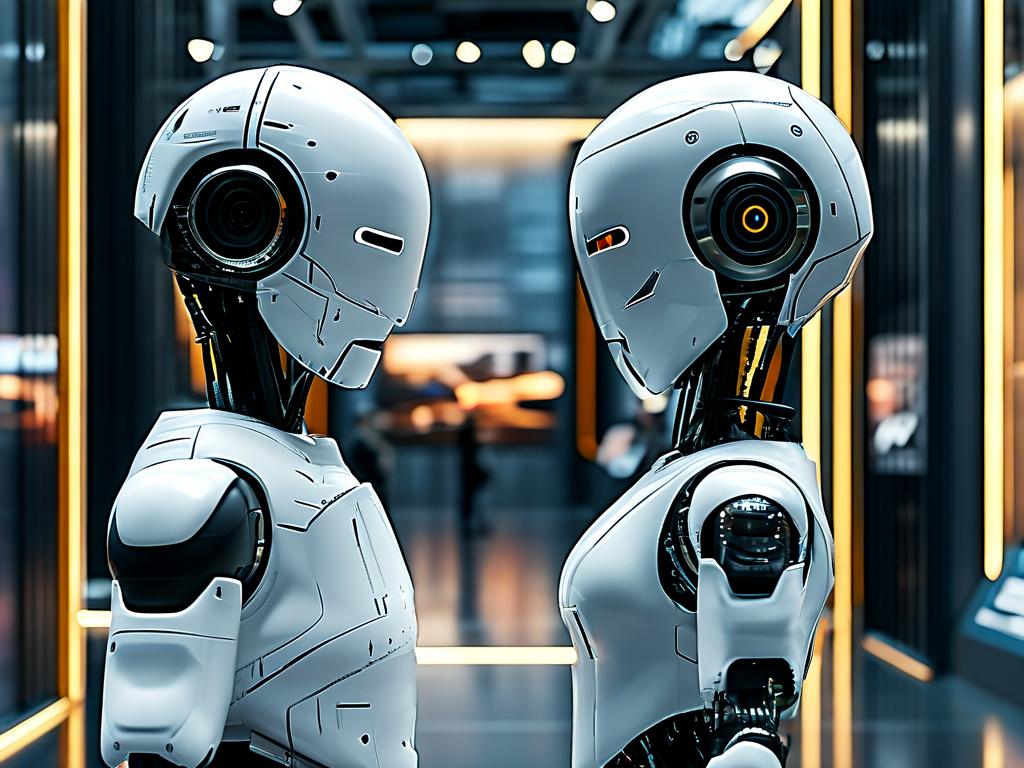In an era where automation and artificial intelligence redefine industrial landscapes, Topway Information has emerged as a pioneering force in robotics technology. By integrating advanced AI algorithms with modular hardware systems, the company is driving transformative solutions across manufacturing, logistics, and service sectors. This article explores how Topway’s innovations are reshaping workflows, enhancing efficiency, and addressing complex challenges in modern industries.
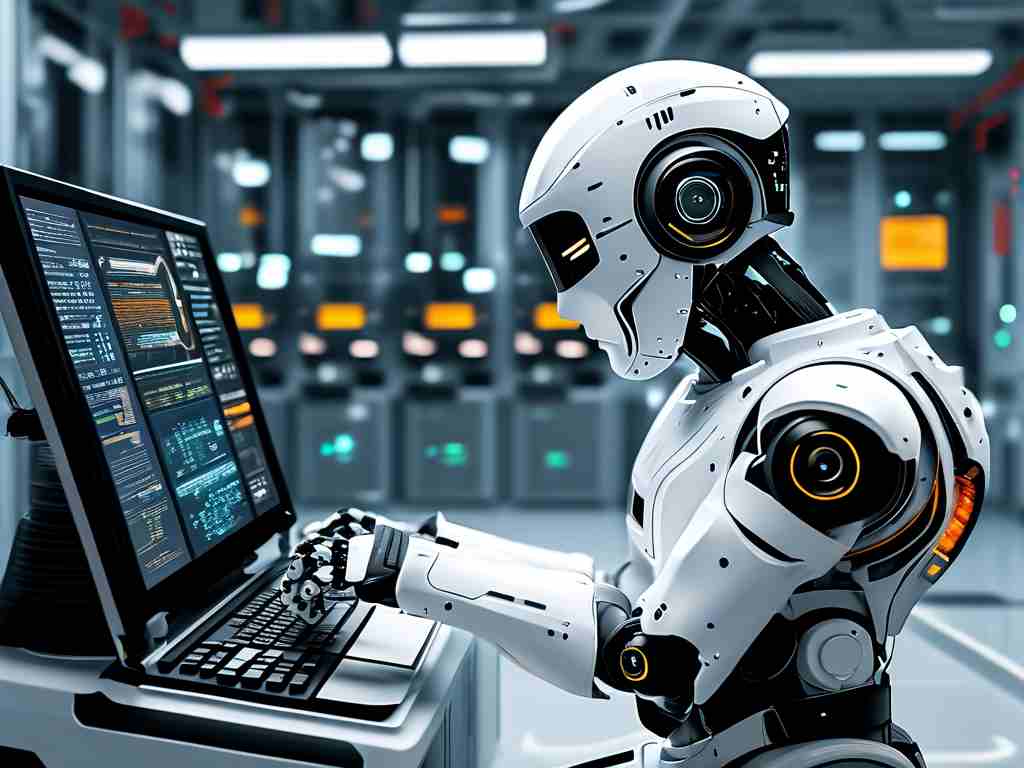
The Core of Topway’s Robotic Systems
At the heart of Topway Information’s success lies its proprietary robotics platform, which combines machine learning, computer vision, and edge computing. Unlike conventional robotic systems that rely on pre-programmed instructions, Topway’s robots leverage real-time data analysis to adapt to dynamic environments. For instance, their flagship industrial arm, the TX-5000 series, uses 3D vision sensors to identify irregularly shaped objects on assembly lines, enabling precise handling without manual recalibration. This flexibility reduces downtime by 40% in automotive manufacturing pilots conducted in collaboration with partners like Jiangsu AutoWorks.
Applications Across Industries
Topway’s robotics technology is not confined to factories. In logistics, their autonomous mobile robots (AMRs) have revolutionized warehouse operations. Equipped with SLAM (Simultaneous Localization and Mapping) navigation, these AMRs optimize inventory management by autonomously rerouting around obstacles and updating stock levels in real time. A case study with Asia Logistics Group revealed a 30% reduction in order fulfillment errors after deploying Topway’s system.
The healthcare sector also benefits from Topway’s innovations. Their disinfection robots, integrated with UV-C light and air quality sensors, operate in hospitals to minimize infection risks. During the COVID-19 pandemic, these robots were deployed in over 50 medical facilities across Southeast Asia, cutting manual disinfection labor by 70% while ensuring consistent coverage.
Overcoming Technical and Ethical Challenges
Despite its achievements, Topway faces hurdles common to AI-driven robotics. One major challenge is ensuring data security in cloud-based control systems. To address this, the company developed a hybrid architecture that processes sensitive data locally while using cloud servers for non-critical tasks. Additionally, Topway’s ethics committee actively collaborates with policymakers to establish guidelines for AI accountability, particularly in scenarios involving human-robot collaboration.
Sustainability and Scalability
Environmental impact is another focus area. Topway’s robots are designed with energy-efficient components, such as regenerative braking in AMRs, which recaptures kinetic energy during deceleration. This feature alone reduces power consumption by 15% in large-scale deployments. Moreover, their modular design allows clients to upgrade individual components—like grippers or sensors—without replacing entire units, aligning with circular economy principles.
Future Roadmap
Looking ahead, Topway Information aims to bridge the gap between robotics and generative AI. Early prototypes of their “Cognitive Robotics” project demonstrate robots capable of interpreting natural language commands, such as “Prioritize urgent shipments near the east dock.” Trials in e-commerce fulfillment centers show a 25% improvement in task accuracy compared to traditional voice-guided systems.
Another ambitious initiative is the development of swarm robotics for agriculture. By deploying fleets of small, solar-powered robots to monitor crop health and apply targeted pesticides, Topway seeks to reduce chemical usage by up to 60% in precision farming projects slated for 2025.
Topway Information’s robotics technology exemplifies the convergence of innovation and practicality. From assembly lines to hospital corridors, their systems prove that intelligent automation is not a distant dream but a present reality. As the company continues to refine its algorithms and expand its ecosystem, it remains a critical player in building a smarter, more responsive industrial world.
// Code snippet illustrating a simplified version of Topway’s obstacle-avoidance algorithm:
def adjust_route(current_path, sensor_data):
obstacles = detect_obstacles(sensor_data)
if obstacles:
new_path = path_optimizer(current_path, obstacles)
return new_path
else:
return current_path


